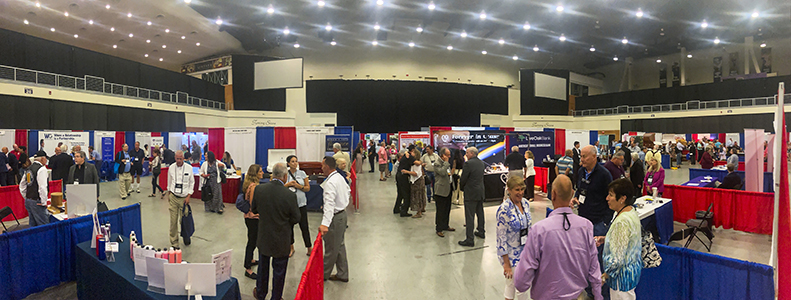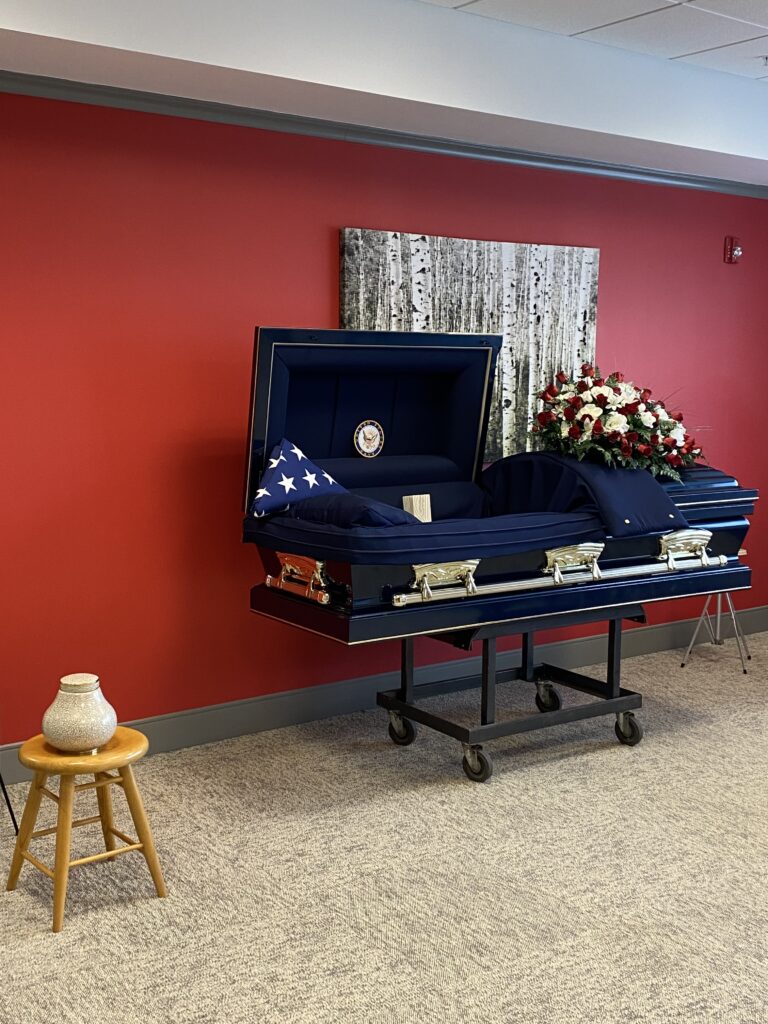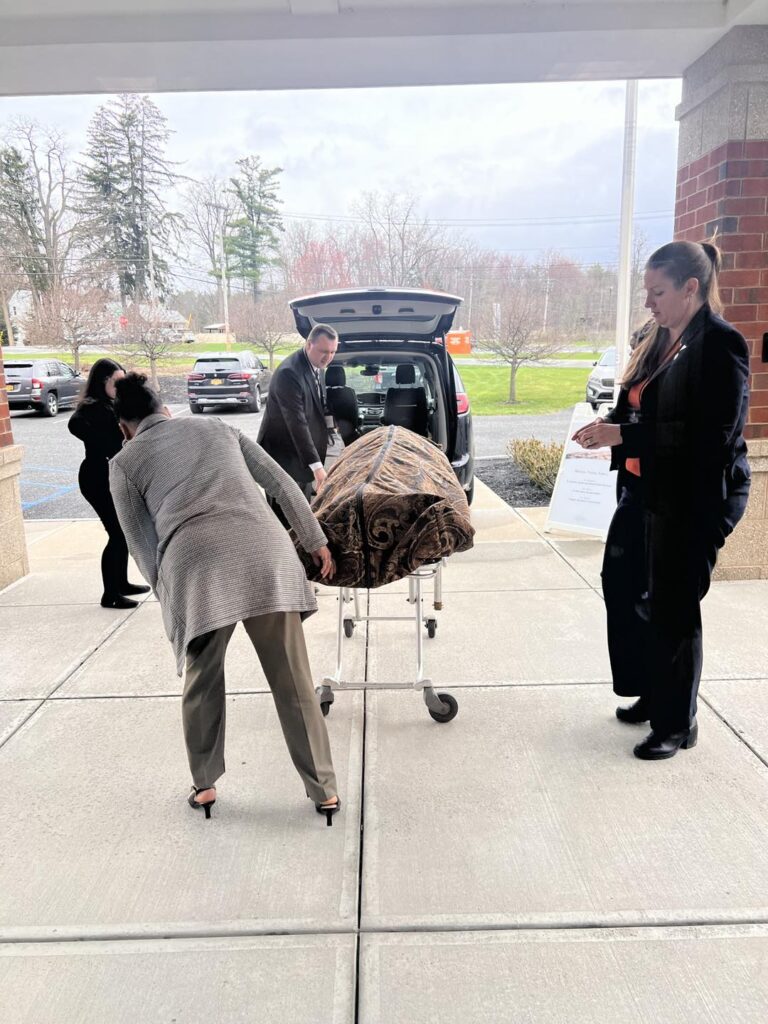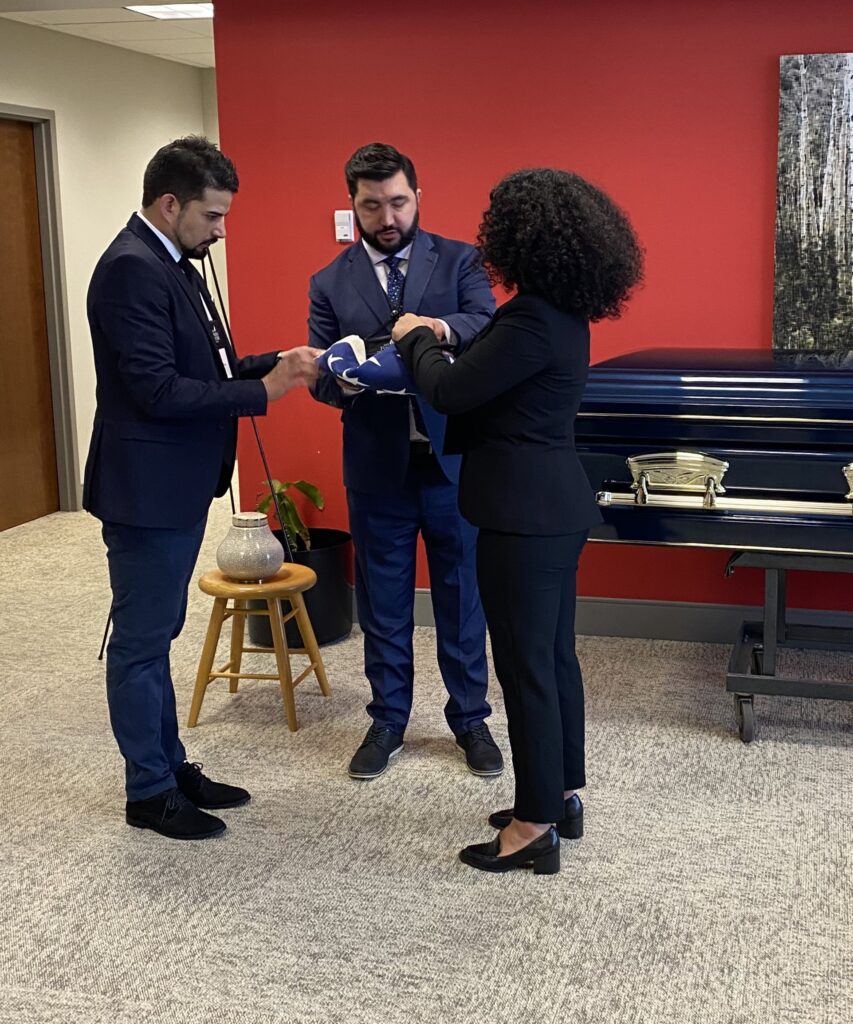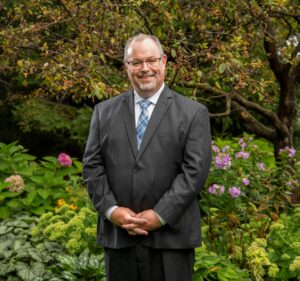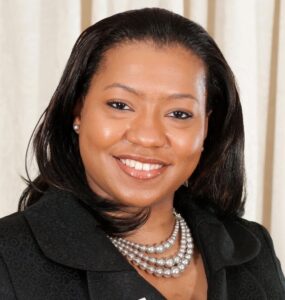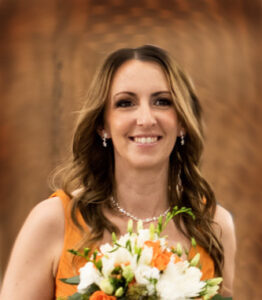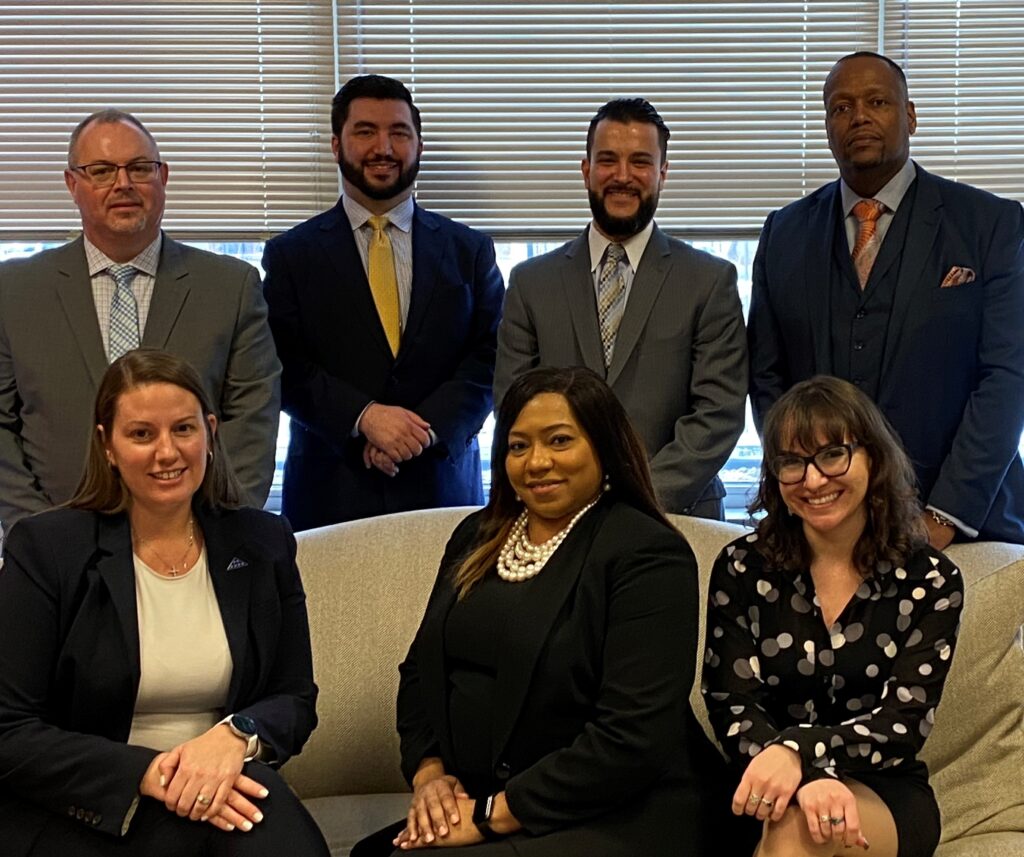Aftercare
A program providing grief support, education and resources to families affected by the death of a loved one; considered by some as an extension of the services a funeral home provides at the time of need.
Alkaline Hydrolysis
The chemical process of rapidly decomposing a dead body to mostly tiny bits of bone resembling ash by immersing the body in a pressurized chamber containing a heated alkaline solution (as of potassium hydroxide) followed by drainage of all liquid and pulverization of remaining bone
Alternative Container
A container – typically heavy cardboard or chipboard – which does not meet the standards of a burial casket and is used to hold human remains for cremation; see also cremation container.
Arrangement Conference
A meeting between the funeral director and the family members of the deceased to prepare/finalize funeral arrangements. During this meeting, the funeral director will explain options, discuss the decedent’s wishes and written directions, and prepare a contract for the goods and services selected for the funeral service. This meeting usually takes place at the funeral home a day or two after the death.
Arrangement Room
A room at the funeral home used for meeting to make the funeral arrangements with the family of the deceased.
Bereaved
(noun) A person who has suffered the death of a loved one.
(adjective) Suffering the death of a loved one.
Bier
A stand on which a casket is placed.
Burial
The ritual of placing human remains in a grave. Also known as “interment.”
Calling Hours
A time when friends and acquaintances gather at a funeral home to view the decedent’s body after it has been prepared by the funeral home, an urn, an empty casket, or just photos. This is also a time to offer condolences to the surviving family members. Also known as “visitation” or “wake”.
Cash Advance Items
Any goods and services that a funeral home much purchase from a third party vendor on behalf of and paid for by the funeral director on the family’s behalf. These items are typically listed separately on the Statement of Goods and Services and may include such things as honorariums, cemetery charges, obituary listings and certified copies of death certificates.
Casket
A container designed to hold a body for burial. A casket may be made of various materials including steel, stainless steel, copper, bronze and/or wood. A casket may also be environmentally-friendly, “green” or biodegradable.
Casketing
Placing the body in the casket once it has been embalmed, dressed and cosmetized.
Celebrant
A Funeral Celebrant serves by providing a funeral service, memorial service or tribute that is personalized and individualized to reflect the personality and life-style of the deceased after consultation with the family and loved ones and coordination with the funeral home. Also known as “Funeral Celebrant.”
Cemetery
An area set aside for burial of caskets and urns either in the ground or entombed in a wall or crypt.
Chapel
A room in a funeral home used for funerals and often for the viewing of the deceased by mourners.
Church Truck
A stand with wheels that is placed under a casket to assist the funeral director and pallbearers when moving the casket to and from the church or funeral home for services.
Columbarium
A room or building with niches to store urns holding cremated remains.
Committal Service
The concluding rite of a funeral service or memorial service. It can take place at the funeral service, the back of the church, graveside or the crematorium.
Coroner
A public official whose duty is to investigate the cause of death if it appears to be from other than natural causes, or if there was no physician in attendance for a long time prior to death.
Cremains
Also known as “cremated remains.”
Cremated Remains
The remains of a human body after cremation, comprised of ash and bone fragments; the term “cremated remains” is the preferred term.
Cremation
The reduction of human remains by intense heat and flame to ash and bone fragments.
Cremation Casket
A casket made of combustible material, designed specifically for cremation; see also “cremation container.”
Cremation Container
Simple containers, often constructed of cardboard or chipboard, which preserve the dignity of remains prior to cremation and to assist with the placement of the remains into the retort.
Cremation Permit
A certificate issued by local government authorizing cremation of the deceased.
Crematory
A building that houses a retort; see also “retort.”
Crypt
A space in a mausoleum or in the ground where lawn crypts are placed to entomb casketed human remains; see also “mausoleum” and “lawn crypt.”
Death Certificate
A legal document, signed by a medical professional or a coroner, certifying the death of an individual.
Death Notice
See “obituary.”
Deceased
A person in whom all physical life has ceased; decedent.
Direct Disposition
The disposition of human remains without a formal viewing or funeral ceremony; also known as direct burial or direct cremation.
Disinter
The excavation or opening of an occupied burial site with regulatory and family written authorization, and the removal of the remains to be re-interred in another location.
Display Room
See “selection room.”
Disposition
The means of laying human remains to rest; methods of disposition may include earth burial, entombment in a crypt, cremation, etc.
Embalmer
One who is trained and licensed in the surgical procedure of disinfecting or preserving deceased human bodies by the injection or application of preservatives and antiseptics.
Embalming
The process by which a trained and licensed embalmer chemically treats a body to reduce the presence and growth of microorganisms, retard organic decomposition and restore an acceptable physical appearance; embalming offers temporary preservation of a deceased person’s body and allows for funerals to be held several days after the death has occurred by keeping the body in a viewable state.
Entombment
The placement of human remains in a crypt; see also “crypt.”
Eulogy
A form of public speaking at funerals or memorials used to honor and pay respect to the deceased.
Eulogist
A person who gives a eulogy at a funeral or memorial service.
Family Car
A limousine used in the funeral procession by the immediate family; usually provided by the funeral home.
Family Room
A room in the funeral home which allows the immediate family to have privacy during a visitation or funeral service.
First Call
The initial call of the funeral director to notify of the death and to arrange transfer from the place of death to the funeral home.
Flower Car
A vehicle used to transport flowers from the funeral home to the church and/or cemetery.
Funeral
A service, held with the body present, that commemorates the life of the deceased.
Funeral Arrangements
See “arrangement conference.”
Funeral Celebrant
A person who serves as the leader of a funeral service; may be an ordained member of the clergy or a lay person who has received specialized training on rituals and funeral traditions. Utilizing the services of a funeral celebrant who is a lay person can be an option whether the service is intended to be of a religious nature or not, depending on the type of the service desired.
Funeral Coach
A motor vehicle designed and used for the conveyance of the casketed remains.
Funeral Director
A trained and licensed individual who provides support to the bereaved during initial stages of their grief; arranges and directs funeral ceremonies; arranges for the removal of the deceased from the place of death; prepares the body according to the wishes of the survivors and requirements of the law; secures information for legal documents; files death certificates and other legal papers; assists survivors with filing claims for death benefits; helps individuals adapt to changes in their lives following a death through after care services. The terms “mortician” and “undertaker” have fallen out of favor in many circles; “funeral director” is the preferred term.
Funeral Home
A building used for the purpose of embalming, arranging and conducting funerals; see also “mortuary.”
Funeral Procession
A procession, usually in motor vehicles, from the church or chapel to the cemetery; see also “cortege.”
Funeral Rule
Established in 1984 by the Federal Trade Commission, the Funeral Rule protects consumers’ rights.
Funeral Service
The rites conducted before the disposition of the dead human body; see also “funeral” and “funeral rites.”
Funeral Trust
See “prearranged funeral trust.”
General Price List
A price list of all goods and services provided by a funeral home, including disclosures required by the Federal Trade Commission; see “funeral rule.”
Grave
An excavation in the earth for the purpose of burying the dead; see “interment.”
Grave Liner
A permanent outside container, generally consisting of a concrete box and a lid. It is not intended to demonstrate any sealed protection to the casket; see also “outer burial container.”
Grave Marker
A method of identifying the occupant of a particular grave, usually including such data as the name of the individual, date of birth and date of death.
Graveside Service
See “committal service.”
Gravestone
See “monument.”
Green Burial (Green Funeral)
In natural or green burial, the body is buried, without embalming, in a natural setting; any shroud or casket that is used must be biodegradable, nontoxic and of sustainable material; traditional standing headstones are not permitted. Instead, flat rocks, plants or trees may serve as grave markers. Some cemeteries use GPS to mark the locations of gravesites. A “natural or green burial” may also simply mean burial without embalming, in a biodegradable casket without a vault, when permitted by a cemetery.
Grief
Intense sorrow caused by the loss of a loved one or close friend.
Headstone
See “monument.”
Hearse
A specially designed vehicle provided by the funeral home to transport remains; see also funeral coach.
Honorary Casket Bearer
A person who is accorded the honor of escorting the casket, similar to a casket bearer, but does not actually carry the casket; also called an honorary pallbearer.
In State
The custom of presenting the deceased for viewing by mourners and others, prior to or after the funeral service.
Interment
The placement of the deceased in a grave.
Interment Fee
See “opening and closing fee.”
Inurnment
The placement of cremated remains in an urn.
Keepsake
Designed to hold a small portion of cremated remains, keepsakes come in a variety of styles, including, miniature urns, jewelry, photo frames and other suitable objects. The cremated remains are placed in the keepsake and distributed among immediate family members. Also known as memento urns.
Lawn Crypt
A permanent underground crypt usually constructed of reinforced concrete or similar material installed in multiple units for the entombment of human remains.
Limousine
A chauffeured automobile designed to seat six or more persons behind the driver’s seat; generally used to transport the immediate family from the place of the funeral service to the cemetery.
Lot
See “plot.”
Lowering Device
A mechanism used for lowering the casket into the grave.
Mausoleum
A public or private building with crypts for the entombment of casketed remains or cremated remains; see also “crypt.”
Medical Examiner
A medically qualified public officer whose duty it is to investigate deaths occurring under unusual or suspicious circumstances, to perform post-mortems and to initiate inquests.
Memento Urns
Miniature urns designed to hold a small portion of cremated remains; cremated remains are placed in memento urns and distributed among immediate family members.
Memorial
A monument or grave marker identifying a grave or graves; a nameplate or inscription identifying a crypt or niche; a marker, garden bench, statue, etc., placed in a meaningful location to honor the dead.
Memorial Service
A service, held without the body present, that commemorates the life of the deceased.
Monument
Typically made of granite, monuments can take on various forms; they are engraved with the names of the deceased and dates of birth and death; depending on the size of the stone, anniversary dates, names of children, favorite sayings, poems, scriptures or songs may be included; sometimes called a headstone, tombstone or gravestone.
Mortician
See “funeral director.”
Mortuary
See “funeral home.”
Mortuary Science
The study of the dead human body and the processes related to care and preparation for final disposition.
Mourn
To feel or express sorrow or grief.
Natural Burial
See “green burial.”
Niche
A space in a wall or structure to hold urns containing cremated remains. See also “columbarium.”
Niche Garden
An outdoor garden containing structures with niches.
Obituary
A notice of a person’s death published in a newspaper; usually contains biographical details and information about funeral or memorial services; if the funeral home has a website, the obituaries can also be found there.
Officiant
A person who leads or officiates a funeral or memorial service; clergy.
Opening and Closing Fee
Cemetery fee for the digging and refilling of the grave; see also “interment fee.”
Outer Burial Container
A rigid container that protects caskets from the weight of the soil; they are often required by cemeteries because they prevent the soil from collapsing into the grave following the interment; also called a vault or grave liner.
Online Condolences
A public expression of sympathy for another person’s grief; typically, these tributes are posted by family and friends at the deceased person’s online obituary located on the funeral home website or other location.
Pallbearer
A friend or relative who is responsible for carrying the casket at a funeral. Generally 6-8 individuals carry the casket.
Perpetual Care Trust Funds
A portion of the burial plot cost set aside in a trust fund for its ongoing care.
Plot
An area of ground in a cemetery used for the interment of human remains. The term includes and applies to one, or more than one, adjoining grave and or space; one, or more than one, adjoining crypt; or one, or more than one, adjoining niche.
Prearranged Funeral
A funeral that has been arranged prior to a person’s death; see also “preplanning.”
Prearranged Funeral Trust
A trust fund in which money is held until needed to pay for funeral costs.
Preparation Room
A room in the funeral home where remains are prepared for viewing; preparation includes embalming, clothing the body, applying cosmetics, styling the hair and placing the remains in a casket.
Preplanning
The process of working with a funeral director or preplanning consultant to plan one’s funeral in advance of death; the process includes selecting the type of funeral or memorial service, methods of disposition, funeral merchandise, cemetery plot locations, memorials, songs, casket bearers, etc.; many people who preplan their funeral services may also prepay for them through an insurance policy, a trust or other investment means. Also referred to as, “advance funeral planning.”
Procession
See “funeral procession.”
Register Book
A book made available by the funeral director for the recording of names of people visiting the funeral home to pay their respects to the deceased, as well as those in attendance at the funeral or memorial service.
Registered Resident
An individual who has graduated from a mortuary science college program and is now working full-time at a funeral home to learn and build their embalming and funeral directing skills. A registered resident works under the director supervision of an experienced, licensed funeral director for one year. The one year residency is a required to apply for a NYS funeral directing license.
Removal
See “first call.”
Resomation
See “alkaline hydrolysis.”
Retort
The chamber in which a body is cremated.
Scattering
The physical process of spreading cremated remains over land or water in a random manner, with the intended purpose of final disposition of such cremated remains. While there are few prohibitions against scattering, families are advised to be aware of local ordinances and to obtain permission from landowners before scattering.
Selection Room
A room in the funeral home where caskets, urns, outer burial containers and other related items are displayed for individuals or families to select for purchase while planning a funeral or memorial service; also known as a “display room.”
Statement of Funeral Goods and Services
An itemized list of the goods and services the consumer has selected during the arrangement conference. The Statement allows consumers to evaluate their selections and make any desired changes.
State Room
A room in a funeral home where visitations are held; the term is derived from a body lying in state for viewing by friends and family; see also visitation room.
Survivors
Those who have outlived the deceased, especially family members.
Tomb
A chamber excavated from earth or rock specifically for receiving human remains.
Tombstone
See “monument.”
Transit Permit
A permit issued by a local or state authority allowing a body to be transported to the place of burial or cremation, usually out-of-state.
Undertaker
A term used following the Civil War to describe those who “undertook” the preparation of the dead for final rites and burial, which many times included construction of the coffin. The term undertaker has been replaced by the term funeral director. See “funeral director.”
Urn
A container designed to hold cremated remains. Urns can be made of wood, metal, glass or other natural materials.
Urn Garden
A garden containing urn burial sites.
Urn Placement
The permanent placement of an urn into a niche or urn burial site.
Urn/Vault
A permanent outside container with an interior encasement, made of concrete, plastic, fiberglass or stone materials wherein the container holding the cremated remains are placed.
Vault
A permanent outside container of grade better than a grave liner or concrete box, which is sealed and affords protection to the casket. See also “outer burial container.”
Video Tribute
A memorial video created with a compilation of photographs or home movies to honor the life of a loved one; can be played during the visitation or funeral service.
Viewing
See “visitation.”
Vigil
A Roman Catholic religious service held on the eve of the funeral service; may include the recitation of the Rosary.
Visitation
A gathering held with the deceased’s body present; a time for family and friends to express condolences and support one another; also called a viewing, wake or calling hours.
Visitation Room
A room in a funeral home where the body lies prior to the funeral service so people may view the deceased; see also “state room.”
Wake
See “visitation.”
Webcasting
An innovative technology that allows family and friends to participate in the funeral or memorial service from a remote location via streaming video over the Internet; this video can be viewed online or archived for delayed viewing. It is a unique solution for family and friends who cannot attend the funeral or memorial service in person.
